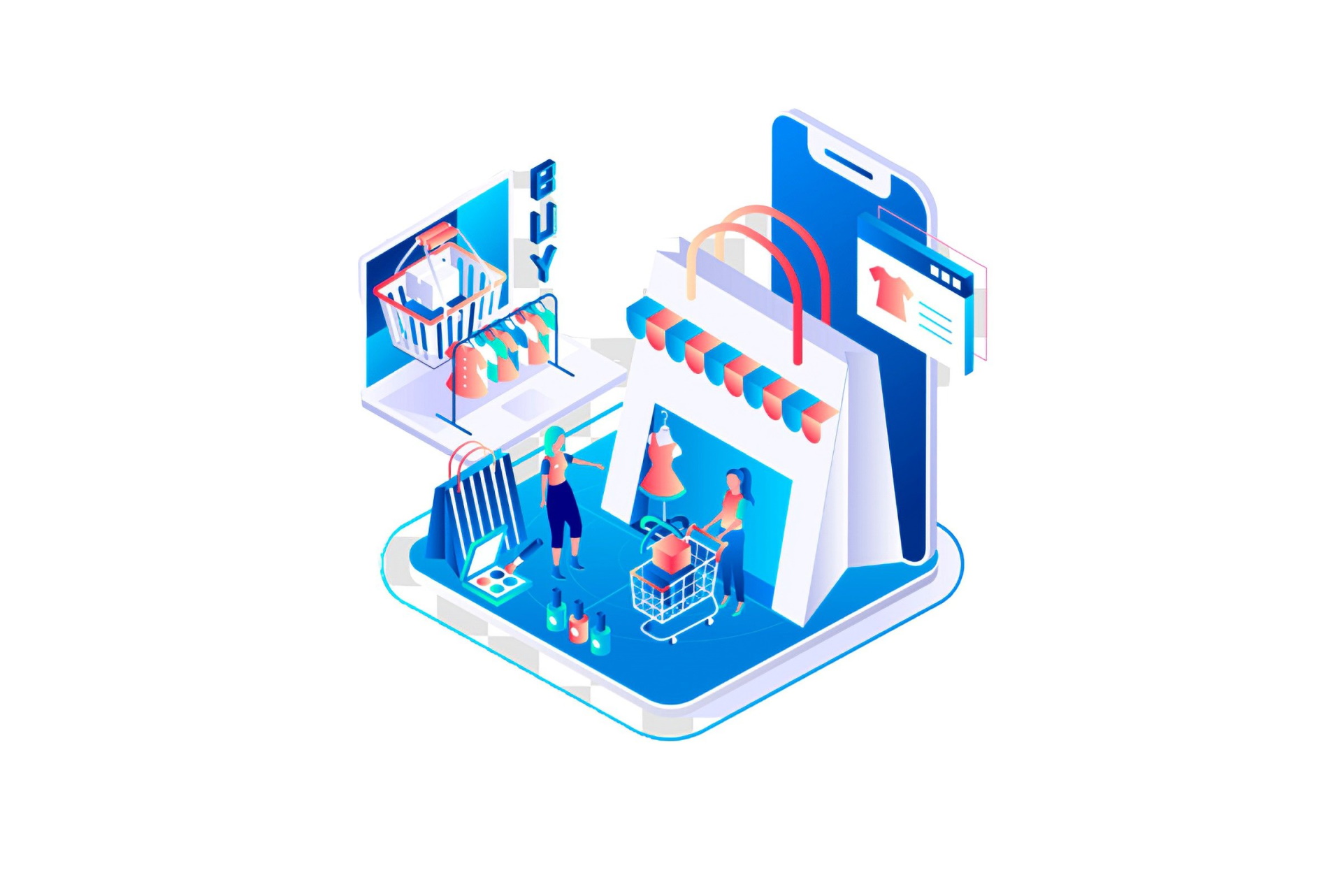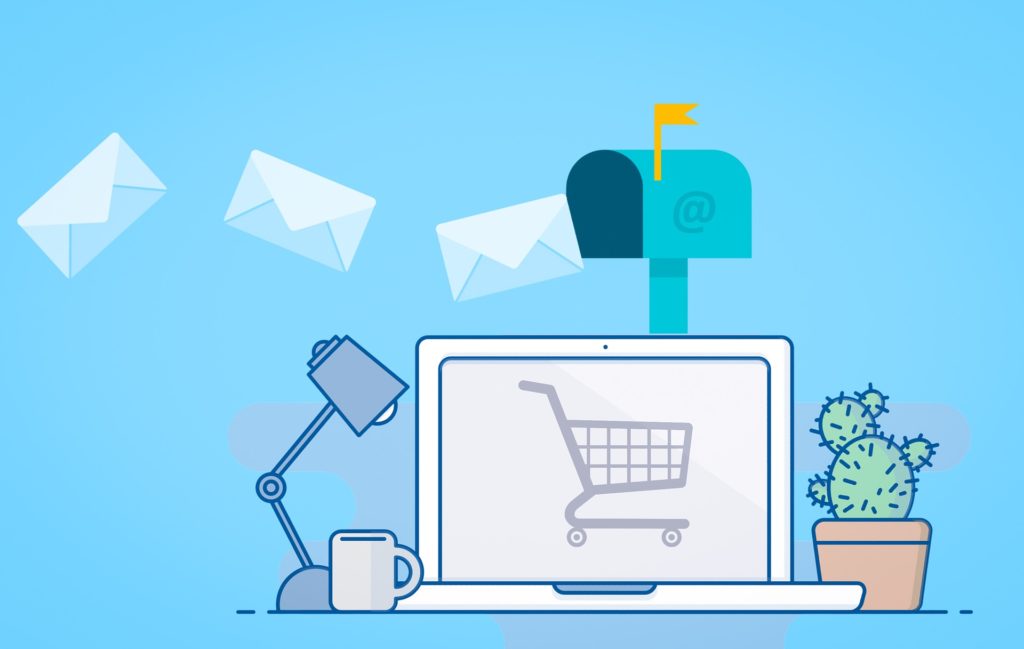What is eCommerce Customer Lifecycle?

When it comes to eCommerce, sooner or later, everybody takes one step aside from sales, marketing strategies, promotions and begins to see a bigger picture. This “bigger picture” is called customer life cycle marketing or CLM.
It is something that forms the basis of any business, whether you want it or not, and realizing how this machine performs will bring you to a completely new level. Once you dig into every buyer’s journey, you can be sure that your ROI will always be on top. So, here is our take on the digital customer lifecycle and how to use it right.
What is customer lifecycle marketing?
Putting it simply, it is a process that all customers are going through from their first engagement with a brand and until their last purchase. The eCommerce lifecycle describes an ideal way of interaction, like customer support, between the company and buyers, but first of all, from the company’s point of view.
For example, there is a classical model of an online client’s journey, through which customers are transforming. They start from being just Users. After the first purchase, they become One-Time Purchasers, then transiting to Repeat Customers, and finally turn into stable Loyal Customers. The original customer life cycle stages are pretty similar to the client’s online journey, sometimes can differ in particular cases.
What are the stages of the customer lifecycle?
1. Reach
This is all about your content, advertisements, blog posts, stories, and so on. It is a tool with the help of which your potential clients can find you and collect their first information and impressions. This customer lifecycle stage is also called awareness, as it creates (or should create) a strong data field.
2. Acquire
Acquisition becomes crucial, especially when you have to nudge the customers to make their first purchase. At this eCommerce customer lifecycle stage, the level of communication and your ability to convey information through quality and comprehensive web pages or handy forms is a cornerstone of your future conversions.
3. Develop and nurture
Retailers often skip this customer cycle step, and it is the reason why they fail. Here, you aim to continue developing your relations with clients and maintain their interest in your products. As an option, you can offer similar items to what was already bought. Just keep in touch and remind about yourself.
4. Retention
If your customers have successfully passed the previous point, that means that they will make their second purchase. Now, these leads should be treated as a separate group, as they have the full potential to become your loyal customers. Don’t forget about asking for feedback to find out about the client’s experience. Also, take into account that drop-offs are frequently showing themselves here.

5. Advocacy
And finally, the stage to which all companies are striving. Satisfied customers spread good recommendations about you to their family and friends by word-of-mouth, which is the most powerful marketing tool. Besides, you have to offer motivation like discounts or giveaways for nurturing regular customers.
Why is the customer life cycle important?
As you can see, the customer life cycle is a basis for any digital business activity, so understanding the main principle of how it works can give you a key to high performance. Moreover, it shows the customer’s logic and helps determine what next steps you have to take to motivate clients to go further in connecting with you.
At the same time, all experienced marketers have long known that it is much easier to stimulate already existing customers than search for new ones. Keep in mind that the costs of promotions for reach are only increasing. That is why you have to maximize the conversions between each of the stages of customer lifecycle marketing.
Customer lifecycle management best practices
Above we have described what is the customer life cycle and discussed the main phases. But now we want to talk about a more extended version. It divides all of the customers into active, at risk of getting churned, and churned. Thinking logically, we can identify that active clients make purchases all the time and are consistently following from one stage to another. Churned customers are clients who haven’t bought anything for a long time, and we can think of them as gone for good. By adding these customer details, we can pinpoint the principle targeting groups of clients to focus on.
Another crucial moment for customer life cycle marketing is metrics. Measuring each of the stages will assist you in being on the crest of the wave and will reveal where the problem might be. So, for the reach phase, use traditional ad impressions. For surveying the number of leads that turned into real customers utilize the acquisition rate. To calculate customer retention, pay attention to the churn rate.
